In a dramatic unveiling that has left the public and critics buzzing, King Charles III revealed his first official portrait since ascending to the throne, and reactions have been anything but tepid. As debates rage on social media and in art circles, it is clear that King Charles’ portrait is destined to be one of the most talked-about royal artworks in recent history.
The unveiling
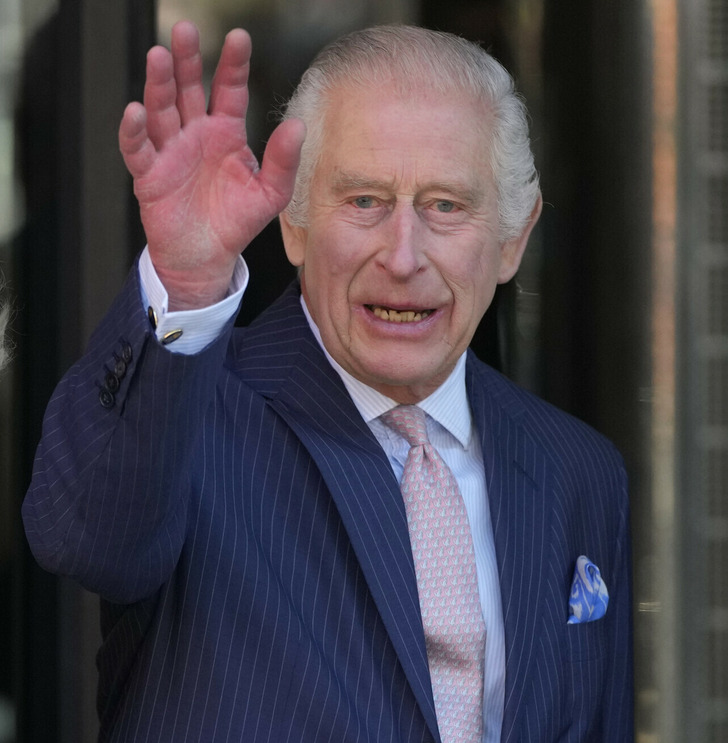
Recently, King Charles III personally unveiled a new portrait of himself at Buckingham Palace, the first such portrait since his coronation. The Royal Family’s Instagram account shared an exclusive video of the unveiling, featuring the king himself presenting the artwork.
This significant new work will ultimately be displayed in Drapers’ Hall in London, adding to its historical art collection and offering the public a glimpse of the monarch’s regal presence.
There was an ongoing debate in the comments.
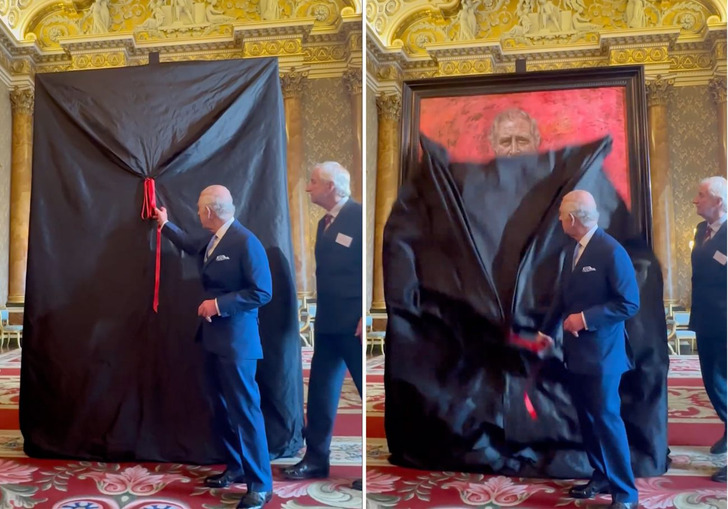
The unveiling sparked a heated debate in the comments section on the Royal Family’s Instagram post and other social media sites. Opinions were sharply divided, with some users harshly criticizing the artwork. Comments ranged from “That is hideous” and “Without sounding rude, this is the worst royal portrait I’ve ever seen” to “100% thought this was satire.”
One critic remarked, “The face is good, the rest is appalling,” while another noted, “I would have loved this if it was any other color than red. He really captured the essence of him in the face, but the harshness of the red doesn’t match the softness of his expression.”
Despite the criticism, there were also voices of appreciation, such as “A lovely portrait of King Charles! I love the way the muted background draws attention to his face!” The mixed reactions highlight the polarizing nature of the portrait and the strong emotions it has evoked among the public.
The artist
Jonathan Yeo, a prominent figure in the world of figurative painting, has earned widespread acclaim for his unique blend of traditional and experimental portraiture. Yeo’s distinctive approach involves a deep engagement with his subjects, allowing him to capture their essence beyond mere physical appearance.
His recent portrait of King Charles III epitomizes this philosophy. Yeo explained, “As a portrait artist, you get this unique opportunity to spend time with and get to know a subject, so I wanted to minimize the visual distractions and allow people to connect with the human being underneath.”
The meaning of the portrait.
A particularly striking element of Yeo’s portrait is the inclusion of a butterfly. This detail serves multiple purposes, both symbolic and compositional. Yeo elaborated, “Primarily a symbol of the beauty and precariousness of nature, it highlights the environmental causes the King has championed most of his life and certainly long before they became a mainstream conversation.”
The butterfly also provides a visual contrast to the uniform, softening the portrayal and adding layers of meaning. “In the context of art history, a butterfly often symbolizes metamorphosis and rebirth, paralleling the King’s transition from Prince to monarch during the period the portrait was created,” Yeo noted, further emphasizing the transformative phase in King Charles’s life.
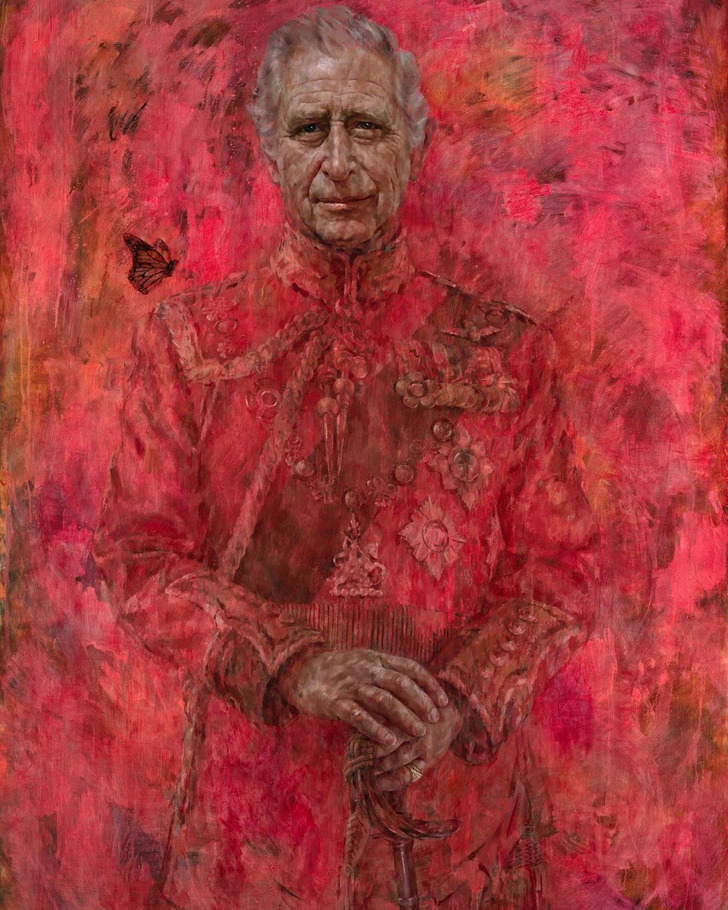
Yeo expressed his gratitude and honor for being commissioned to create such a significant portrait. “It was a privilege and pleasure to have been commissioned by The Drapers’ Company to paint this portrait of His Majesty The King, the first to be unveiled since his Coronation.”
Yeo’s approach to portraiture aims to encapsulate the life experiences and humanity etched into his subjects’ faces. “I do my best to capture the life experiences and humanity etched into any individual sitter’s face, and I hope that is what I have achieved in this portrait,” he explained.
The challenge of portraying a figure as complex and significant as King Charles III was substantial, but one that Yeo found immensely rewarding. “To try and capture that for His Majesty The King, who occupies such a unique role, was both a tremendous professional challenge, and one which I thoroughly enjoyed and am immensely grateful for,” he concluded. The portrait, destined for Drapers’ Hall in London, stands as a testament to both the artist’s skill and the monarch’s enduring legacy.
Discover the lesser-known facets of King Charles III’s life in our compelling article, “8 Things About King Charles III That Will Allow Us to Know Him More Closely.” Dive beyond the regal exterior to uncover intimate details about his passions, personal experiences, and unique quirks.
Preview photo credit Kin Cheung / Associated Press / East News, theroyalfamily / Instagram, jonathanyeo / Instagram
You Won’t Believe What These Old Items Are!
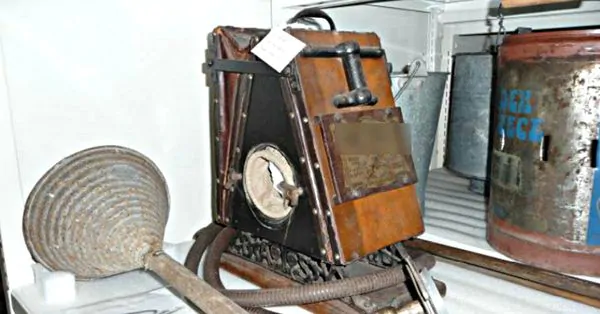
Have you ever stumbled upon an old object and wondered what it was used for? It’s fascinating how antiques remind us of how much things have changed over the years. Some everyday items from the past are now completely irrelevant, while others have evolved dramatically. Let’s take a trip down memory lane and test your knowledge of these 18 old items. Don’t worry, they aren’t too tricky! See how many you can correctly identify and share your score in the comments below.

Let’s start with an easier one. Can you guess what this item was used for? If you guessed a coffee grinder, then you are absolutely right! Back in the day, coffee beans were sold whole, and you had to hand crank them before brewing your morning cup of joe. Imagine the effort required before even having your first sip of coffee!
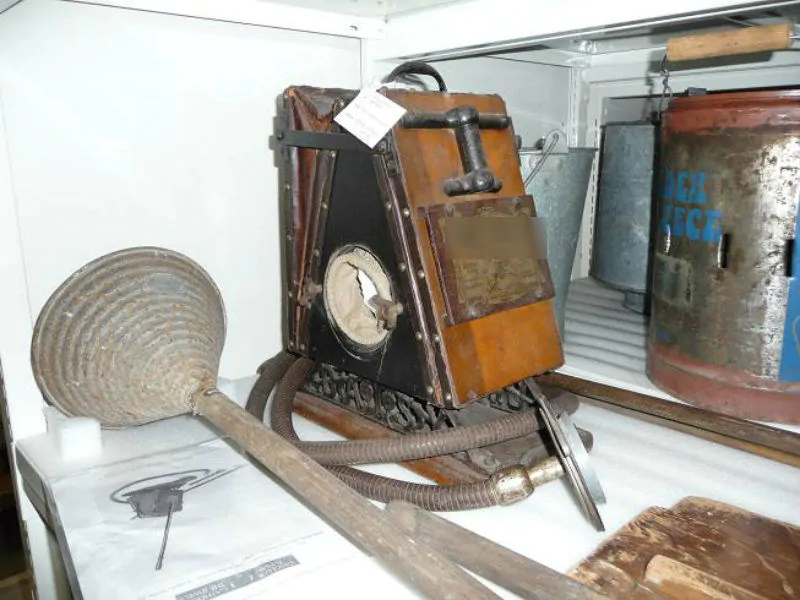

This next item is still used today, but it has definitely changed over time. Can you guess what it is? If you said a vacuum cleaner, you are correct! The vacuum model pictured here is called the Baby Daisy. It was designed in France and dates back to 1910. The Baby Daisy was a manually-powered vacuum that required two people to operate it. One person would stand on the base of the vacuum, moving it back and forth using a broomstick in the holder, while the second person would do the actual vacuuming with the hose. It’s a good thing vacuum cleaners have come a long way!
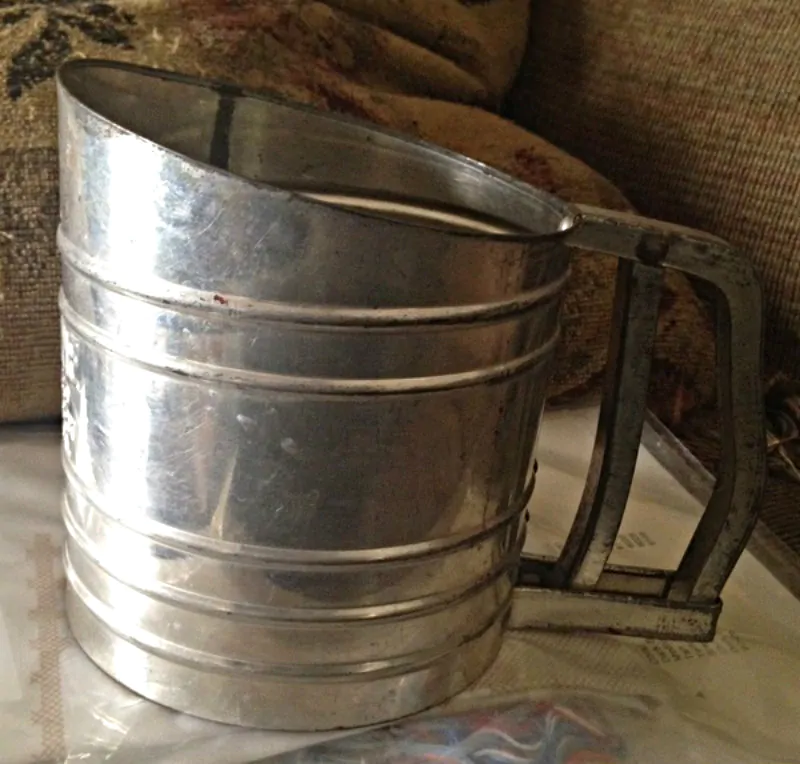
Let’s head back to the kitchen for the next item. Take a good look at the photo below. Any guesses? If you guessed a toaster, you are right! Toasters as we know them today began to appear when Albert Marsh developed a safe heating element in the early 20th century. Before that, people used to toast their bread over a fire! And here’s a hint, this item goes well with the coffee grinder from item one.

This old item may not be as common in kitchens today, but it’s still used by bakers. Can you guess what it is? If you said a flour sifter, you are correct! Running flour through a sifter helps aerate it, making it lighter and easier to mix. Perfect for making bread to go with your toasted slices!
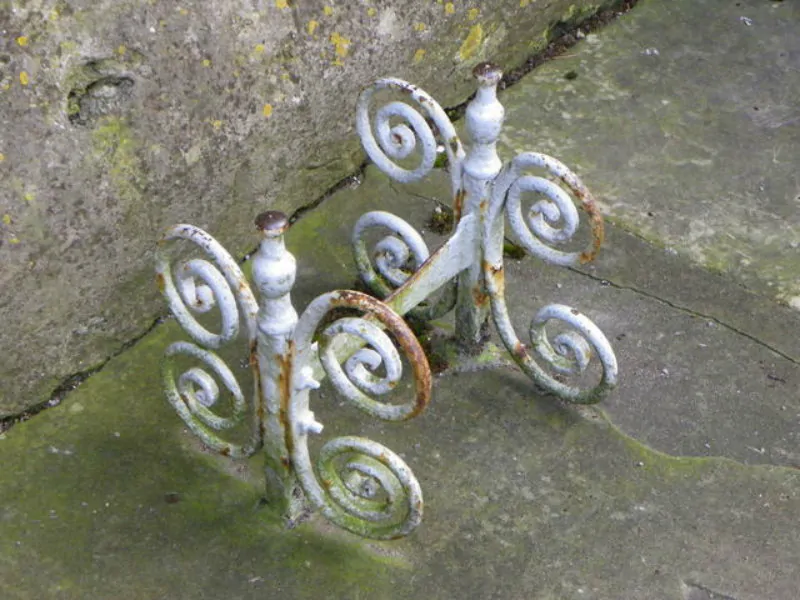
Take a look at this simple item. Can you guess its purpose? This is a boot scraper! It was used to scrape off the excess mud and dirt from the bottom of your shoes before entering a home. No one likes a messy floor!

Last but not least, can you identify this item? If you guessed an ice cream maker, you are right on the money! This old-fashioned ice cream maker used a hand crank and two bowls. One small bowl contained the delicious ingredients while a second, bigger bowl was filled with rock salt and ice. The rock salt allowed the ice to absorb the heat from the ingredients, creating a creamy, frozen treat. Yum!
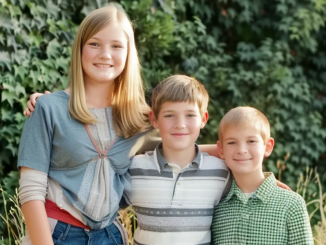
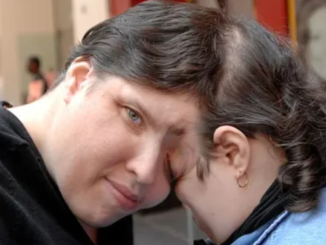

Leave a Reply